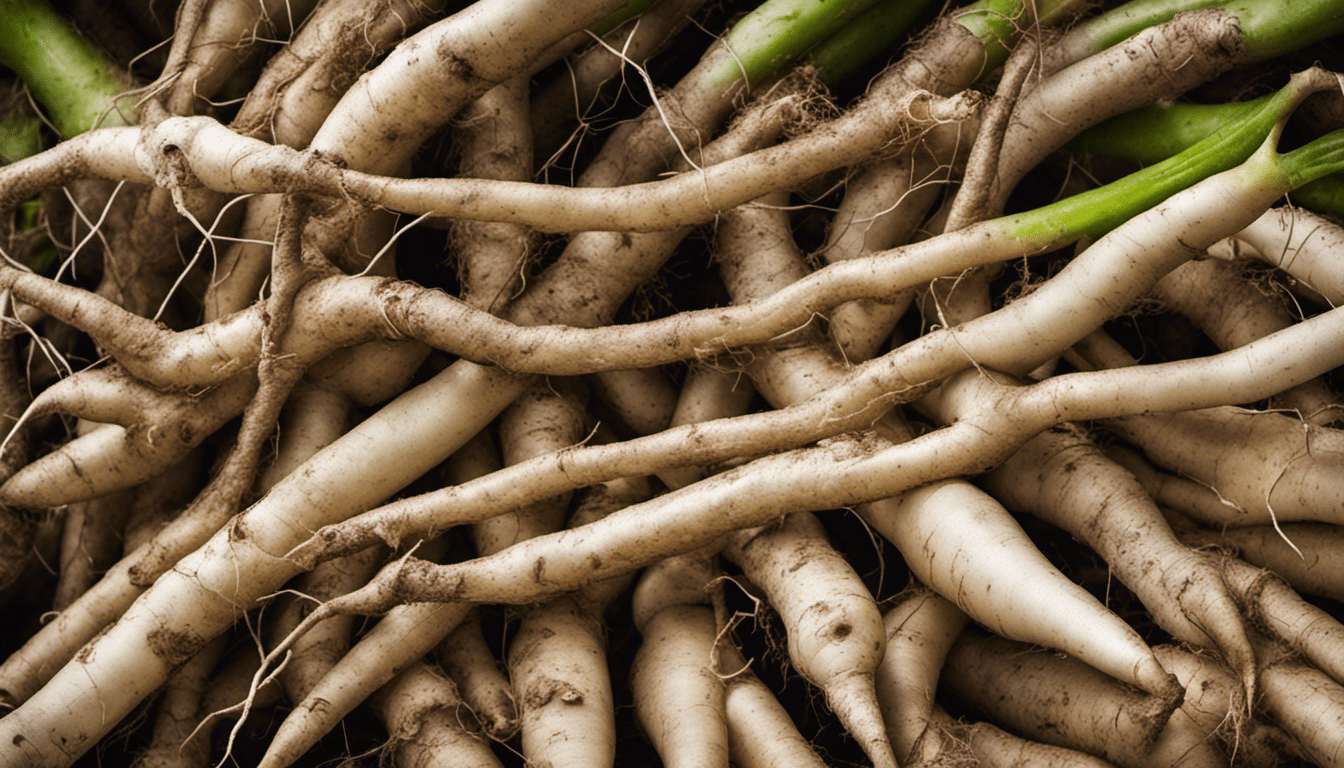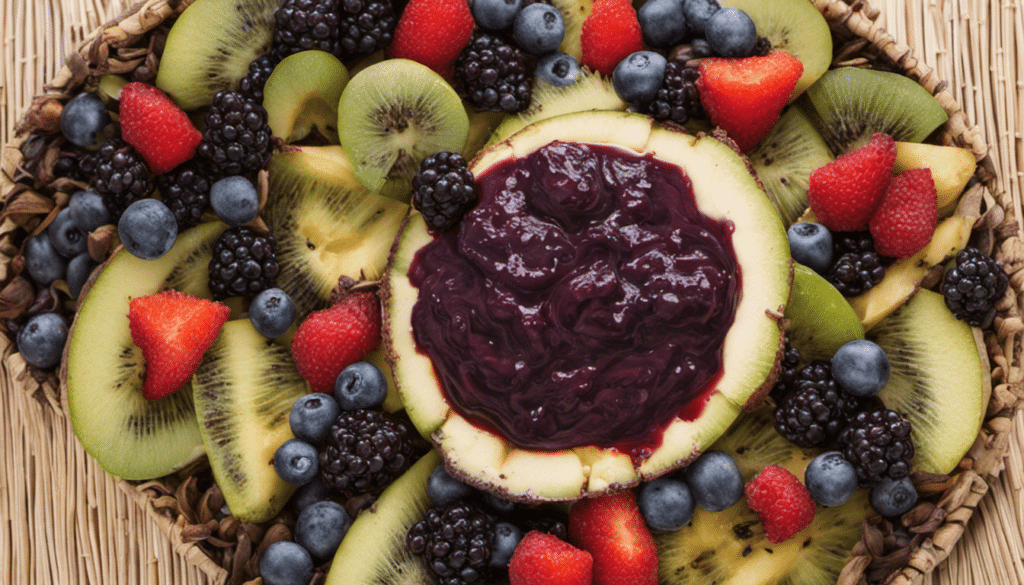All About Polynesian arrowroots
“`html
If you’re an adventurous eater, always on the lookout for new foods to try, perhaps you should set your sights on a unique root vegetable hailing from the beautiful regions of Polynesia: the Polynesian arrowroot. Strikingly distinctive with an intense earthy taste, this vegetable is not only a feast for the taste buds, but also offers an array of health benefits. So let’s take a more in-depth look at this exotic addition to your culinary repertoire.
What is a Polynesian Arrowroot?
A part of the Marantaceae family, Polynesian arrowroot, also known as a Tahiti arrowroot or Pacific arrowroot, is a tuberous plant cultivated for the starchy properties of its roots. The plant’s luscious foliage with broad leaves hides a largely edible tuber underneath. The texture of this cooked root is often compared to that of a potato but has a lightly sweet and uniquely nutty aroma. As the name suggests, the arrowroot’s main area of cultivation is in the Pacific islands.
Health Benefits of Polynesian Arrowroot
The nutritional profile of the Polynesian arrowroot is impressive, to say the least. Known for its high fiber and low calorie content, Polynesian arrowroot is a great addition for those looking to maintain a healthy diet. The arrowroot is packed with important nutrients like potassium, iron, and B vitamins, making it an excellent choice for a metabolism-boosting meal. It’s also a renowned source of antioxidants which help in fighting off harmful free radicals from your body.
Another secret in its arsenal is the resistance starch content, a special kind of starch that your body cannot break down. It travels to your gut where it feeds your good bacteria, leading to a healthy gut microbiome. Furthermore, research from the BMJ Nutrition suggests that dietary fiber like the one found in arrowroot can help reduce the risk of many chronic diseases, including heart diseases and certain types of cancer.
Last but not least, arrowroot is a great replacement for wheat flour for those with gluten sensitivity or celiac disease. You can use arrowroot flour for baking, thickening sauces, and even as a coating for frying food. It’s a tasty, healthy alternative that doesn’t compromise on texture or taste.
How to Prepare Polynesian Arrowroot
Preparing Polynesian arrowroot is surprisingly easy, and its versatile nature means it can fit into a variety of dishes. The roots can be boiled, roasted, or fried, and they’re a welcoming addition to soups and stews, where they add a mildly sweet, nutty flavor to your dish.
An alternative way is to ground the arrowroot into powder or flour, an excellent gluten-free option. Its neutral taste and light texture make it an ideal thickening agent in sauces, gravies, or even for baking purposes as earlier mentioned. Furthermore, a lightly toasted arrowroot flour imparts a pleasant, nutty aroma that can elevate your culinary creations.
Now that you know the benefits of this amazing root vegetable, why not give it a try? Whether you use it in your everyday cooking or experiment with it in your baking, there’s no denying that the Polynesian arrowroot is a valuable addition to your food arsenal.
“`
Polynesian arrowroot Recipe Ideas
- Polynesian Arrowroot Soup
- Arrowroot and Coconut Pudding
- Polynesian Arrowroot Stew
- Arrowroot and Tuna Salad
- Spiced Arrowroot Chips
- Polynesian Arrowroot and Chicken Stir Fry
- Arrowroot Pancakes with Tropical Fruit Topping
- Baked Arrowroot and Cheese
- Arrowroot and Vegetable Curry
- Polynesian Arrowroot Smoothie




